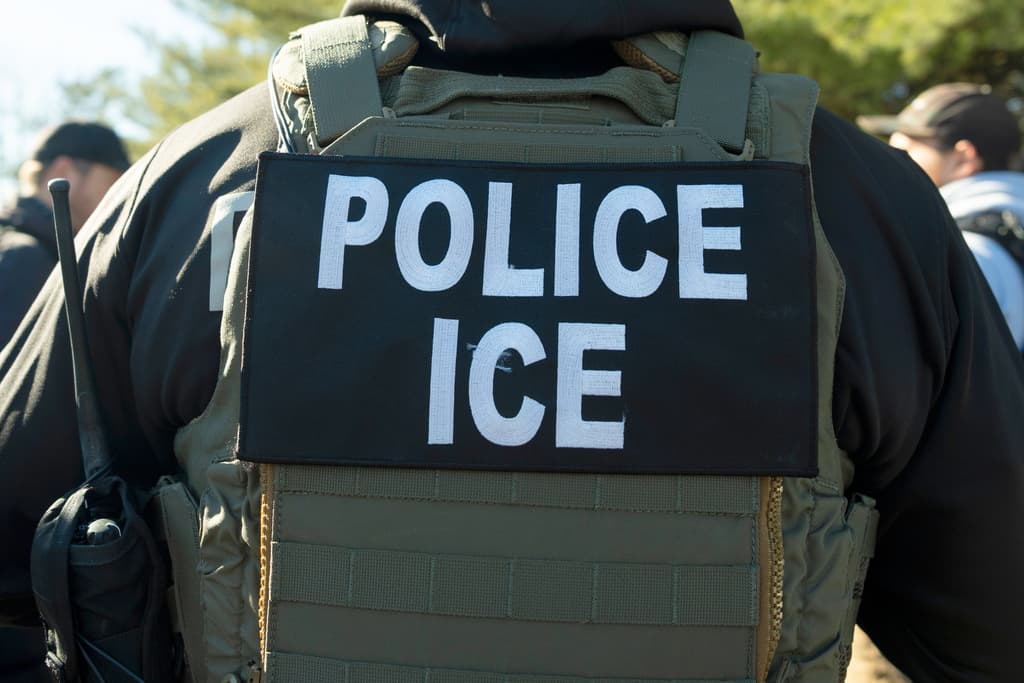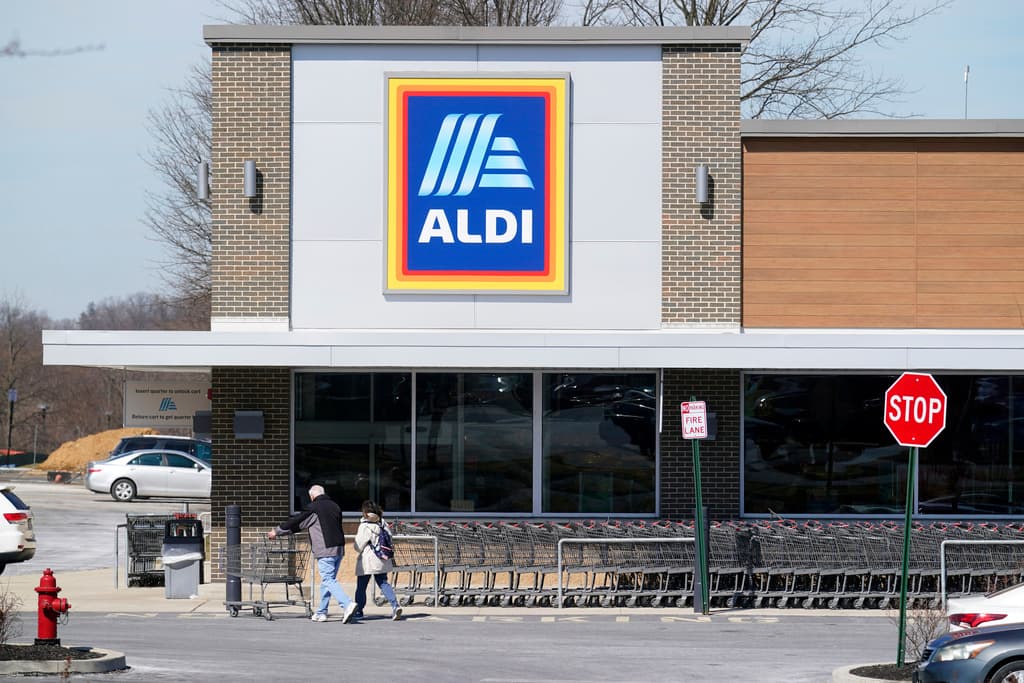When the pandemic forced people indoors in March 2020, Denver quickly responded to the desire for more outdoor space, closing more than seven miles of streets to cars and leaving them open to pedestrians and cyclists.
Since then, Denver has returned those roads to normal traffic, while it plans for a more permanent version of the highly popular shared streets program. City officials leading the program held a community meeting Thursday night to share the latest updates.
Here's where things stand:
The city has not chosen any streets yet -- it's still in the community input and planning stage.
Almost 3,000 community members responded to a survey about shared streets, with about half the people living on or near a shared street. Surveys are an imprecise science with the chance for selection bias, but the city found overwhelming support for shared streets. Respondents especially wanted streets for recreation and travel, additional trees and vegetation and improved safety, reducing the speed and volume of cars.
"Folks overwhelmingly supported these and wanted them to come back, so I think that really shows that it's not necessarily just advocates or people that are moving through these neighborhoods on their commute or for recreating," said Department of Transportation and Infrastructure (DOTI) project manager Jay Decker. "The people that lived out in front of them really loved them, and they really appreciated having a slower, safer street by their house."
What are the qualifications for a shared street?
Denver is planning on two types of shared streets: community shared streets in residential neighborhoods and commercial shared streets in areas with more businesses.
Shared streets will likely span one to three blocks and will be close to a larger transportation network. Planners are also looking at streets that can be accessible under the Americans with Disabilities Act. The chosen streets can't be along an RTD route and can't cross major intersections.
Streets get extra points for a range of qualities, such as if they're along neighborhood bikeways, are zoned for high-residential density, are already occasionally closed for events and are connected to parks, trails or rec centers. Officials are also looking at DOTI's equity index, to ensure the city serves a diverse range of communities.
If you know a street that fits those qualifications, you can give your input through a community mapping tool.
The online map lets you highlight streets and comment on why you think it would or wouldn't be a good fit as a shared street. You can also like, dislike and reply to other people's comments, almost like social media (so be sure to stay nice). You can also weigh in on locations that you think could be a good fit for temporary or part-time shared streets.
It'll be a while before we see shared streets back for good.
While Denver was able to move fast during a moment of pandemic emergency in the spring of 2020, officials say more permanent city planning processes take longer. There's a lot to do: updating DOTI policies, risk assessment analysis, public engagement, securing long-term funding and figuring out maintenance, signage, branding and more.
Officials are applying for funding now, but that wouldn't come through until 2024.
"The very earliest we could see one of these shared streets out there is about two years from now, and it's likely it could take even a little bit longer than that," Decker said.
One thing cyclists and pedestrians can for sure look forward to this year is portions of Broadway and Welton Street will close to cars on four Sundays this year for a special event. Read more about that here.











